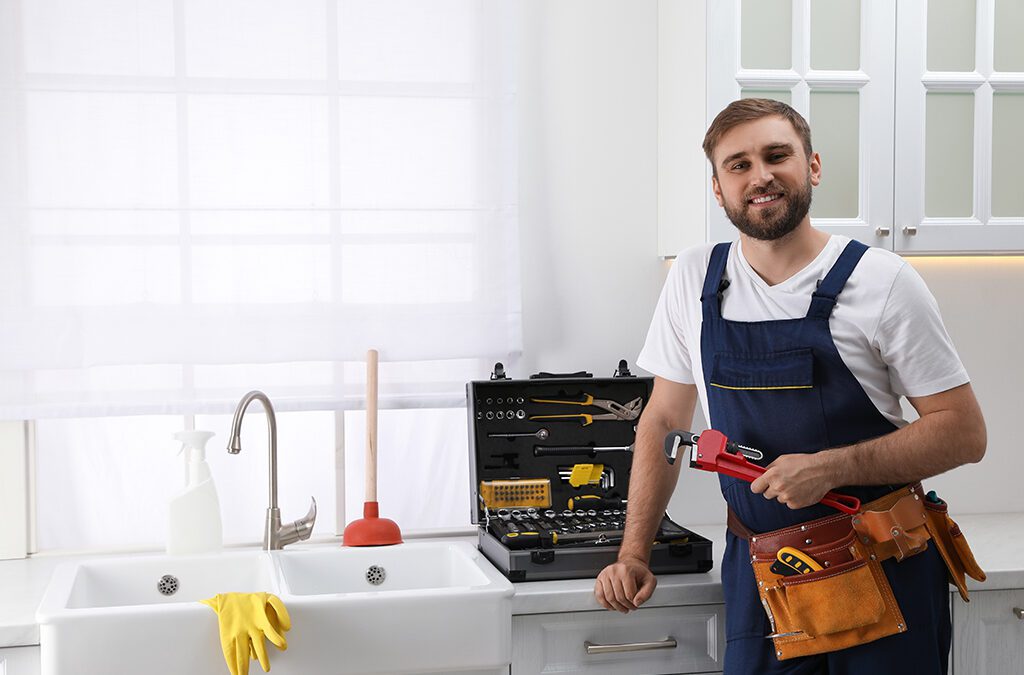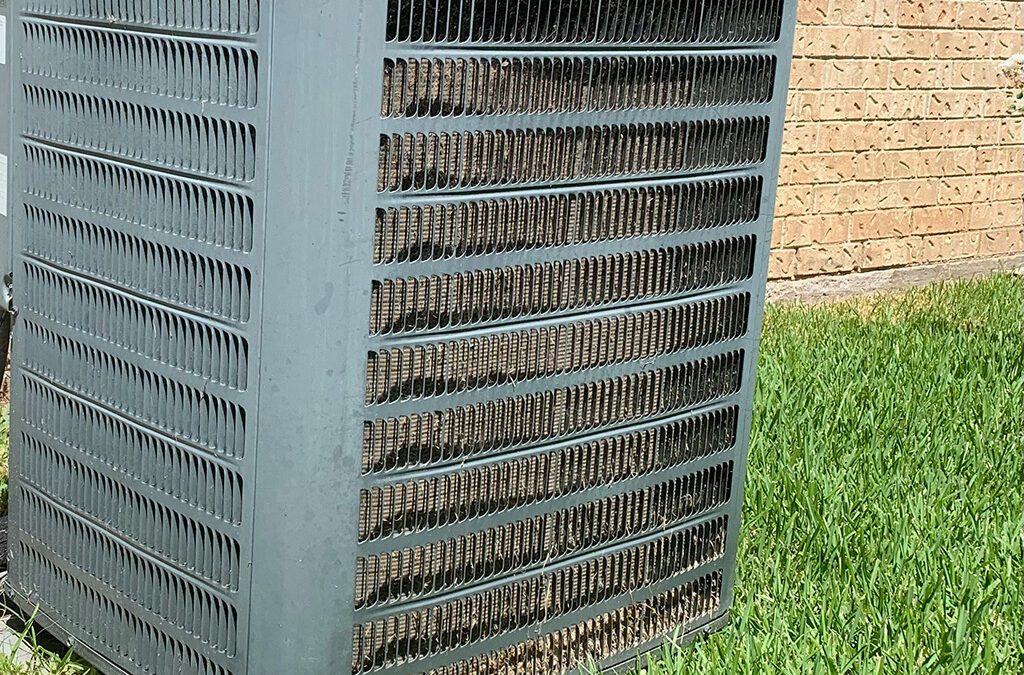We spend a lot of money on keeping water warm. Whether it’s with an electric water heater or a fuel-fired boiler, heating water and keeping it hot is expensive. Energy-efficient water heaters and renewable energy plants have decreased costs when it comes to ensuring warm water in our homes, but the costs are still there.
One solution has come in the form of tankless water heaters. By heating the water as it’s needed, we’ve removed the need for heated water storage. Unfortunately, this means a slightly longer wait for hot water to reach you as the heating element warms up. But even then, the cost of heating water is still substantial.
Tankless water heaters work by connecting a heating element, typically electronic, directly to the plumbing of your home. Rather than using energy to maintain the temperature of stored water, the tankless heater passes flowing water over the heating element, bringing it to the desired temperature as it’s used.
Pros: Tankless heaters can be installed in multiple places or in a single central location. They use less energy per-day to deliver warm water and do not have the health risks associated with storing water such as legionnaires disease.
Cons: Tankless water heaters require a short run cycle before hot water is delivered. This is to allow the heating element to warm up and to allow hot water, which is not stored in the pipes, to be delivered to the correct faucet. The amount of wait time necessary varies depending on the distance from the heating element.
Even with the reduced costs given by tankless water heaters, some people still ask “can we reduce the cost of hot water even further?” The answer, is yes.
What is Passive Heating?
Passive water heating uses existing energy to warm the water in your home. Homes that use water radiators for heating already use a form of this in that the water used for heating the home is also used as hot water everywhere else, but that water is still heated by a furnace. Passive water heating takes existing energy from somewhere else and uses that to heat the water without the need for fuel.
Geothermal heating is one type of passive heating system. While some energy is used by a pump to circulate the water, heating it – which consumes the most energy during the process – is taken care of by the heat residing within the Earth’s crust. Underground, the Earth maintains a fairly constant temperature, growing warmer the deeper one travels. By pumping water from deep inside the Earth, it can be warmed and cycled throughout the home for less than the cost of heating the same water normally. And if you’re still a little worried about not getting water hot enough, you can install a tankless heater to bring it up a few more degrees before it reaches the faucet.
Solar heating is becoming a popular method of tank-stored water heating for homes. By storing water in above-ground tanks, the tanks can be heated by the sun, giving you access to hot water without the cost of fuel-based heating. Even more interesting is the growing field of tankless solar water heating. By focusing the energy of the sun using a parabolic mirror, intense heat can be focused on a series of water pipes on the roof of your home. As long as there is sunlight, the temperature of the water in your plumbing can be raised to a level that’s suitable for all the hot water devices in your home.
Metro Plumbing, Heating, and Air Conditioning is the service company you want! Call us today at (423) 616-1025!



